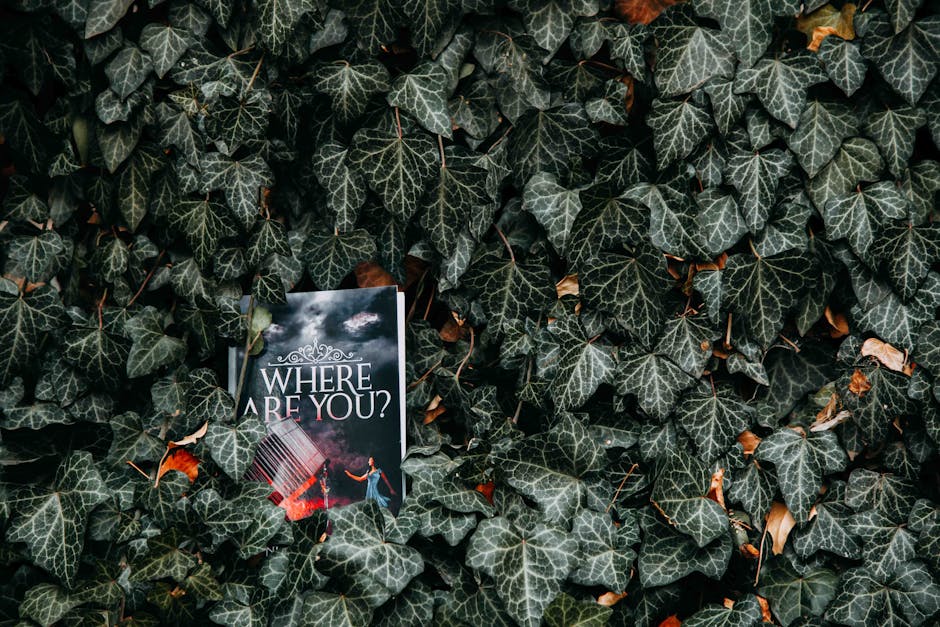Prohibition and Chicago: A City Transformed
In the early 20th century, America underwent a dramatic transformation, and at the heart of this change was Chicago. Known for its vibrant culture and diverse population, Chicago became a focal point during the Prohibition era. This period not only reshaped the city’s social dynamics but also left an indelible mark on its history. Let’s dive into the fascinating story of how Prohibition transformed Chicago, creating both challenges and opportunities that would define the city for decades to come.
Table of Contents
1. Introduction to Prohibition 🌟
2. The Birth of Speakeasies 🍸
3. Gangsters and the Rise of Organized Crime 👥
4. The Cultural Renaissance 🖌️
5. The End of Prohibition and Its Legacy 🎉
6. Conclusion
7. FAQ Section
Introduction to Prohibition 🌟
Prohibition, enacted through the 18th Amendment in 1920, was a nationwide constitutional ban on the production, importation, transportation, and sale of alcoholic beverages. The movement aimed to reduce crime, solve social problems, and improve health. However, it had quite the opposite effect in many urban areas, particularly in Chicago. The city became a hotbed for illegal activities, driven by a public that still craved what was suddenly forbidden.
The Birth of Speakeasies 🍸
With the new law in place, Chicago saw the rise of speakeasies—underground bars that discreetly served alcohol. These hidden gems became the heart of Chicago’s nightlife, attracting a mix of people from all walks of life. To enter, patrons often needed to provide a password or know someone on the inside. The allure of these secret venues was irresistible, offering a sense of excitement and rebellion against the constraints of the law.
Speakeasies weren’t just about the alcohol; they became cultural hubs where jazz music thrived, and people could dance the night away. The likes of Louis Armstrong and Duke Ellington found a home in these establishments, contributing to Chicago’s rich musical heritage.
Gangsters and the Rise of Organized Crime 👥
Prohibition inadvertently gave rise to a new era of organized crime, with gangsters like Al Capone seizing the opportunity to build empires based on bootlegging and speakeasy operations. Capone, arguably the most notorious of them all, operated with both ruthlessness and charisma, becoming a household name across the country.
The illegal alcohol trade was immensely profitable, and Chicago’s gangsters weren’t shy about using violence to maintain their power. The infamous Saint Valentine’s Day Massacre in 1929 highlighted the brutality of gang wars, capturing national attention and prompting calls for change. Despite the violence, these figures were often seen as folk heroes by some, admired for their audacity and business acumen.
The Cultural Renaissance 🖌️
Despite—or perhaps because of—the chaos, Chicago experienced a cultural renaissance during Prohibition. The city’s diverse communities came together in unique ways, blending cultures and ideas. This period saw a flourishing of the arts, with Chicago becoming a center for innovation in music, literature, and visual arts.
Writers like Ernest Hemingway and F. Scott Fitzgerald found inspiration in the city’s vibrant atmosphere. The Chicago Renaissance gave rise to a new wave of African American culture, with the Great Migration bringing jazz, blues, and a rich tapestry of cultural influences to the city.
The End of Prohibition and Its Legacy 🎉
By the early 1930s, it was clear that Prohibition had failed to achieve its goals. Instead of reducing crime, it had fueled it, and the loss of tax revenue from alcohol sales was felt deeply during the Great Depression. In 1933, the 21st Amendment was ratified, repealing Prohibition and marking the end of a tumultuous era.
The legacy of Prohibition in Chicago is complex. It reshaped the city’s landscape, introduced new cultural and social dynamics, and left a lasting mark on its identity. The era also led to significant changes in law enforcement and the regulation of alcohol, establishing precedents that continue to influence policy today.
Conclusion
Prohibition was a time of transformation for Chicago, a city that thrived amid chaos and change. The era of speakeasies and gangsters might be long gone, but its influence is still felt in Chicago’s vibrant culture and history. As we reflect on this period, we see a city that adapted and evolved, turning challenges into opportunities and creating a legacy that continues to captivate and inspire.
FAQ Section
Q1: Why was Prohibition implemented in the first place?
A: Prohibition was intended to curb alcohol consumption, reduce crime, and improve public morals and health. However, it often had the opposite effect in urban areas like Chicago.
Q2: How did Chicago’s speakeasies operate during Prohibition?
A: Speakeasies were secret bars that required passwords for entry. They operated discreetly, often hidden behind legitimate businesses, and became popular cultural hubs.
Q3: Who was Al Capone, and what was his role during Prohibition?
A: Al Capone was a notorious gangster who capitalized on the illegal alcohol trade in Chicago. He became one of the most infamous figures of his time, known for his involvement in organized crime.
Q4: What cultural changes occurred in Chicago during Prohibition?
A: Chicago experienced a cultural renaissance, with significant contributions to music, literature, and the arts. The city’s diverse population helped create a unique cultural blend that thrived during this era.
Q5: What led to the end of Prohibition?
A: The failure to reduce crime and the economic impact of losing alcohol tax revenue during the Great Depression led to the repeal of Prohibition with the 21st Amendment in 1933.

